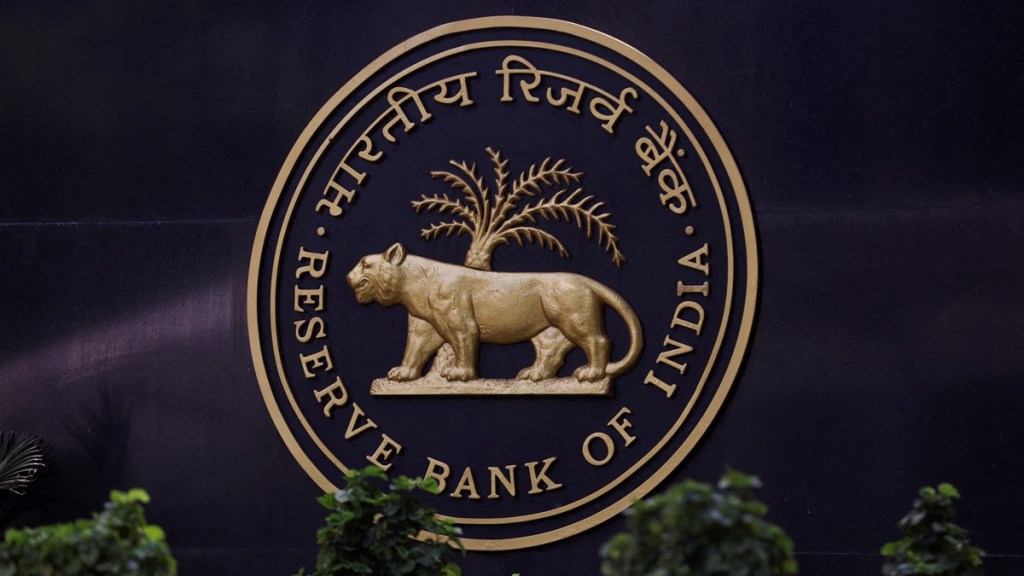Fintechs may witness a slowdown in loan disbursals as the cost of customer acquisition will rise as a result of the recent Reserve Bank of India (RBI) norms on consumer loans and bank credit to non-bank lenders. This is because the requirement to maintain higher risk weights for certain loan segments will hamper the ability of their lending partners to provide capital at a low cost, say experts.
“It (RBI norms) is likely to significantly impact digital lenders like paytm and other fintechs, given bulk of their loans are from NBFCs,” Ranadurjay Talukdar, Partner and Payments Sector Leader, EY India said. He added that some of the increase in cost of capital will be passed on to end borrowers, which might make digital lending products less attractive and push consumers to informal lending channels.
On Friday, RBI asked banks and NBFCs to increase their risk weight on unsecured personal loans to 125% from 100% earlier. Additionally, it directed banks to increase the risk weight on their exposure to NBFCs by 25 percentage points.
In recent months, RBI has on many instances, flagged the high growth in certain components of consumer credit and advised lenders to strengthen internal surveillance mechanisms.
Latest data from TransUnion CIBIL showed that originations, or a measure of new accounts opened, witnessed strong growth across many categories aided by a strong demand for credit from semi-urban and rural customers.
Specifically, personal loan volumes rose 20% year-on-year(y-o-y), and consumer loans rose 13% y-o-y in April-June, data showed.
In recent times, many traditional non-bank lenders have partnered with fintechs or lending service providers to process retail loans for customers.
The co-lending partnership enables NBFCs to increase their penetration into rural and semi-urban areas, and fintechs to get access to funds at a lower cost. In such an arrangement, fintechs also tend to provide technological expertise to the NBFC.
For instance, Paytm has partnered with nine banks and NBFCs for credit card and loan distribution business. Recently, it entered into a lending partnership with Tata Capital.
With increase in the risk weights for bank credit to NBFCs, the cost of funds for the latter will go up. Further, the capital adequacy ratios of non-bank lenders will fall due to the 25% increase in retail loan risk weight, thereby making available capital to lend scarce, say experts.
“With increase in cost of funds and higher demand on capital, NBFCs will price their loans higher than before, and their underwriting standards will become stricter, resulting in fewer retail loans getting sanctioned,” Rohan Lakhaiyar, Partner, Financial Services, Grant Thornton Bharat said.
Lakhaiyar added that NBFCs may now demand a higher default loss guarantee from their fintech partners for digital loans, and retail loan originations may witness a significant slowdown in the near term.
Further, the increase in risk weights may compel lenders to increase the interest rate on loans, which will weigh on demand.
“Fintechs work with NBFC’s who offer fixed rate of interest for unsecured retail loans. Since banks will increase the rate(on loans to NBFCs), same will be passed on the consumers which means the cost of acquisition will rise,” Ajay Chaurasia, Vice President – Marketing, Product and Business, RupeeRedee said.
Since debt funding will now come at an increased cost, more fintechs may opt to raise equity to meet their requirements. Additionally, fintechs are likely to tweak their business models to adapt to the latest norms, say experts.
For instance, Switch My Loan Chief Financial Officer Saurabh Birari feels that fintechs may unveil advanced risk assessment algorithms, and develop dynamic interest rate models in response to the risk weight guidelines.


